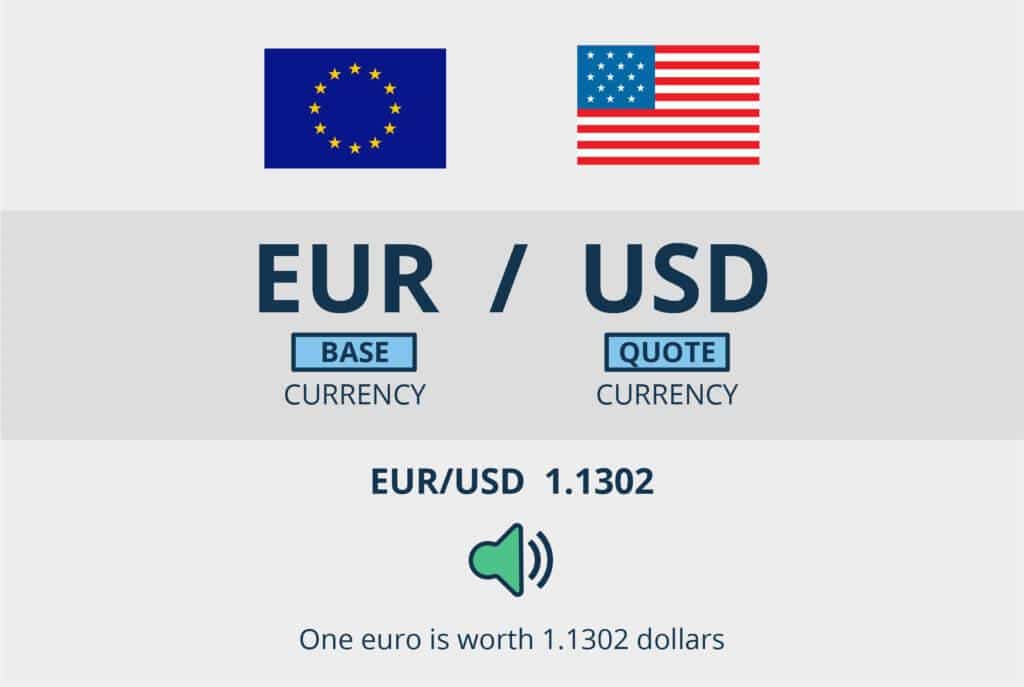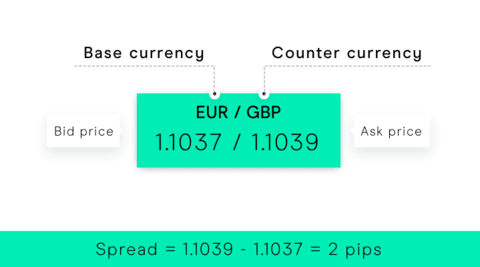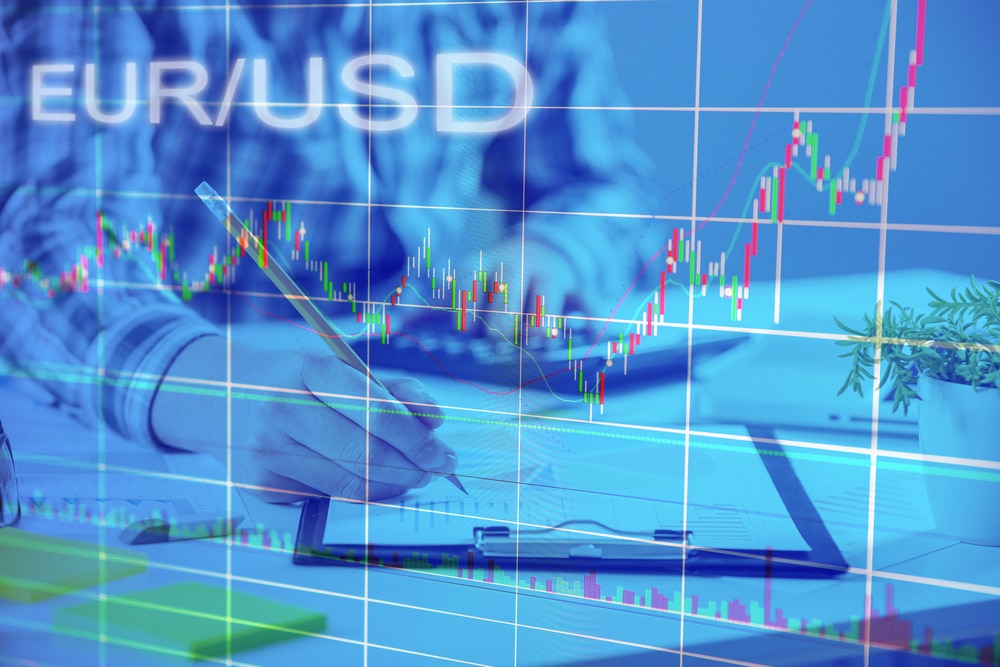The forex market is a marketplace with many intricacies and requirements for anyone looking to squeeze a significant profit speculating exchange rates. Different tools and strategies are deployed, all in the effort of gaining an edge. Amid the schemes and plays, everything boils down to two things on a trading screen: the base and the quote.
Anyone looking to trade various instruments in the six trillion marketplaces must be conversant with how exchange rates are usually represented. Given that it is possible to enter trades on either side of the spectrum, long or short, two prices are usually on offer.
Exchange value structure
For instance, the U.S. Dollar vs. Indian Rupee might be represented as USD/INR 72.4/72.45. The British Pound vs. the Euro might also be defined as 0.8600/0.8623.

It is clear from the pricing structure above that two prices are usually on offer; one on the Right-hand and the other on the Left-hand.
Right hand side
The right hand side simply refers to the offer. It can also imply what a trader is required to pay to go long on a given instrument at a given time. It is usually not fixed but keeps on fluctuating amid fluctuating supply and demand forces. In most cases, it implies the lowest price a market maker gives traders at a given time.
Consider EUR/GBP 0.8676. What this means is that a person needs 0.8676 sterling pounds to buy one euro. In this case, the EUR is the base while the GBP is the quoted currency. Therefore, when one enters a long position, they purchase the euro and go short on the GBP on accepting the rate.
If the exchange rate is represented as EUR/GBP 08676 by 0.8700, the offer is 0.8700, which is the price a trader is willing to sell the EUR, or someone else is ready to buy the euro. The pair, in this case, is referred to as an indirect quote for anyone in the European Union and a direct pair for anyone in the U.K.
Consider NZD/CAD 0.8766/0.8800. The Left-hand side being 0.8766 means the rate at which a person is willing to purchase 1 NZD for 0.8766. This is the highest amount anyone who wants to sell the NZD will have to pay.
The right hand side being 0.8800 implies the lowest amount one is willing to sell the NZD or the lowest price anyone who wishes to Buy NZD will have to pay to enter a long or buy position.
The instrument above could be considered a direct quote if the Canadian dollar is the domestic currency as it shows the amount of CAD required to purchase one NZD. Additionally, it could be an indirect duo if the NZD is the domestic currency.
It is important to note that RHS is usually on the Right-hand of any foreign exchange quote, referred to as the offer. It is the price that a person looking to purchase a currency pair will pay to enter a long position in anticipation of further appreciation.
Upon triggering the RHS, a trader can only make a profit on the value increasing significantly such that it covers any spread charged by the broker.
For instance, if a currency pair is valued as 1.3456 by 1.3500, a person can only profit from going long and the RHS increases to say 1.3600 to cover the spread.
What is a spread?
Spread is simply the difference between the right hand side and left hand side values of an exchange rate representation. It is the broker’s profit or what they make every time a person opens a position.
Consider GBP/JPY 155.40/ 156.00
The difference between the bid and the ask will be (156.00-155.40 = 0.60), which is what the broker will make for every trade opened. The spread fluctuates depending on market volume or the number of traders trading the given instrument.

The spread also signifies the amount of liquidity around a given instrument. In times of high liquidity, the spread tends to tighten significantly. Consequently, it translates to reduced costs that people incur to trade a given instrument. Wider spreads occur whenever liquidity levels are quite low, depicted by low trading volumes or a reduced number of market participants.
What influences the RHS?
The RHS is influenced by many factors that often come down to the legal tenders involved. For instance, the bid value on USD/CAD can increase or decrease depending on how traders react to economic developments in the U.S. and Canada.
If the Canadian economy is growing much faster than the U.S. economy, the Canadian dollars required to buy the greenback or the RHS will be much lower. It is partly because the CAD tends to strengthen against its peers.

Additionally, if the Federal Reserve increased the interest rates in the U.S. while the Bank of Canada cut. The amount of CAD required to purchase the USD will be much higher as the buck strengthens against its peer.
That said, the offer rate fluctuates in response to several things, key among them being economic developments between the economies represented in a pair instrument. Monetary policies passed by central banks of the two countries involved can also influence the bid. Geopolitical developments also significantly affect the RHS and LHS depending on which economy is impacted by such uncertainties.
Bottom line
Exchange rates in forex come in pairs, with one quoted on the left-hand and another on the right-hand. The RHS refers to the highest amount a person can pay to buy the base or the lowest amount a person can sell. It is often referred to as the offer price.
